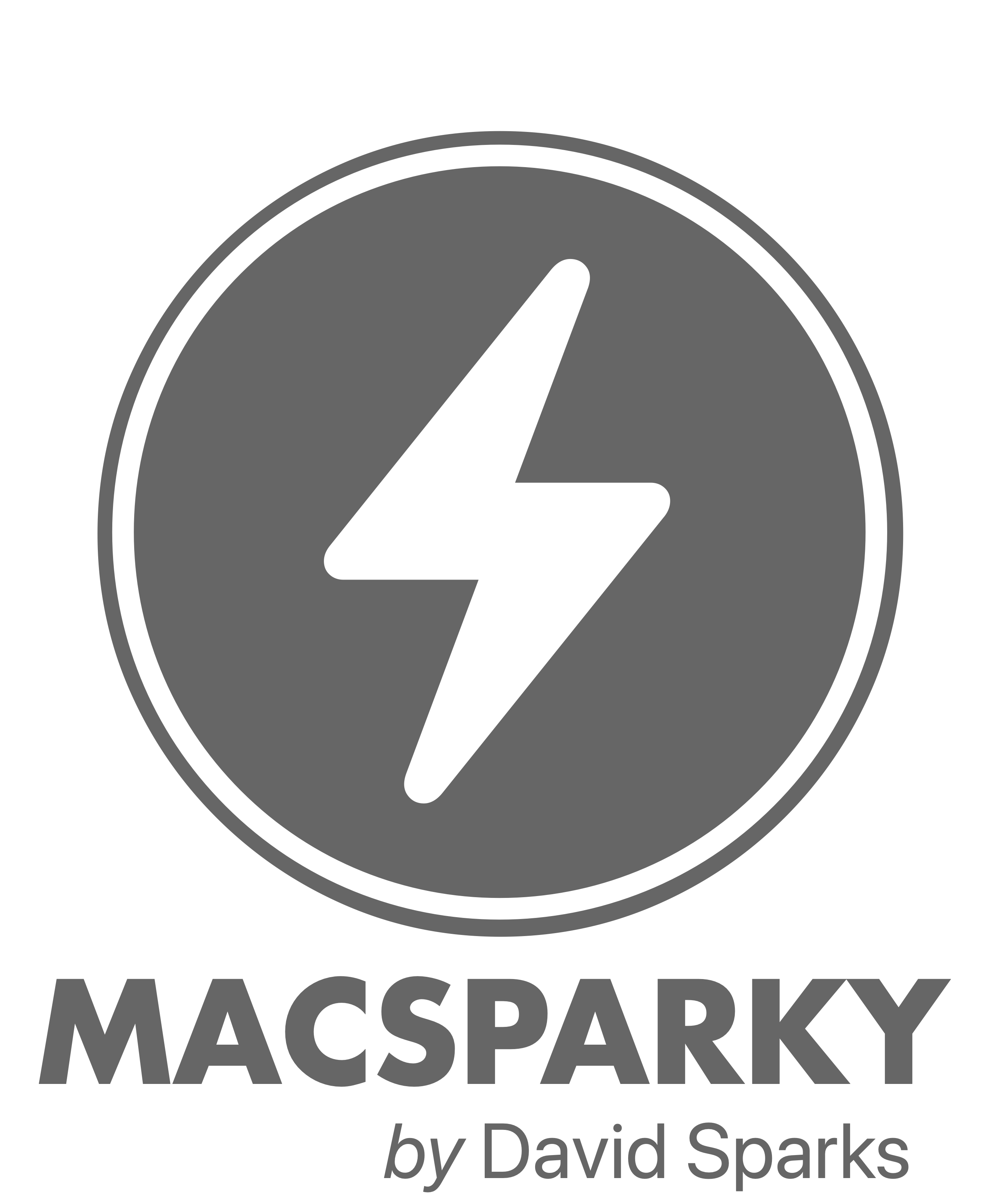One of my few complaints with OmniFocus for iPad in my review is its inability to process tasks directly from the mail application to OmniFocus. On my Mac, I often blitz through my inbox creating future tasks with daily e-mail. That is not possible on the iPad, or is it?
Reader Pierre sent me a note to remind me about OmniFocus’s ability to process e-mails into your task list. OmniFocus lets you send yourself specially formatted e-mails that will process directly into your OmniFocus inbox.
To set it up, use the OmniFocus Mail preference pane and select the Add Mail Rule to create OmniFocus actions checkbox. You can have OmniFocus look for any messages that have +omnifocus before the @ sign in the destination address, as in david+omnifocus@macsparky.com. If everything goes to plan, the message will arrive in the correct mailbox as if the plus sign and the extra word were not there and the message gets delivered to your OmniFocus inbox. Alternatively, you can provide a special code for the the message subject line. I use three dashes.
Next, you can instruct OmniFocus to file the received message. I dump them in my Archive, as shown below.
The Allowed From addresses list is automatically filled with any email addresses on the “Me” card in Address Book. This way, everyone who reads this post can’t contribute to my task list by sending me an e-mail beginning with three dashes.
I find simply getting the messages in my inbox is enough. I then process and categorize the messages from inside my inbox on OmniFocus for iPad.
If you want to add more data to the new task item, the syntax is powerful. Here is the breakdown from Omni’s help file:
The subject and body of the message are joined into a single block of text.
The first line and any other lines starting with—(double-hyphens) become new actions. Other lines become notes for the preceding action.To specify a project, use > (greater-than sign) or
::(double-colons), followed by a project name or abbreviation. The colons are nicer for the iPhone because they are on the first shifted keyboard rather than the less-accessible math keyboard. The project string is matched exactly as if it was entered in a project cell in OmniFocus.To specify a context, use
@(at sign), followed by a context name or abbreviation. Like project names, the context name is matched exactly as it would be in OmniFocus.To enter start or due dates, use
#(number sign), followed by some date expression. The same expressions you use in OmniFocus (tomorrow,9-30-2008,2w, and so on) can be used in mail messages. If there is only one date, it becomes the due date. If there are two (each with its own number sign), the first becomes the start date and the second becomes the due date.To enter a time estimate, use
$(dollar sign—time is money) followed by some duration expression (like 5m, 1h, and so on); you can use the same duration expressions that you use in OmniFocus.To flag the action, use
!(exclamation point) at the end of the action title.
You can also add a note on the same line as an action title by separating them with//(double-slashes). Anything after the double-slashes becomes a note, but double-slashes in a URL like omnigroup.com don’t count.
As you can see, you could really go nuts. The only downside to this feature is that in order for it to work, there has to be a Mac somewhere in the universe running Mail and OmniFocus at all times to process the tasks for you. If your laptop remains in your bag, nothing is going to happen.
For the daily grind, I continue to process my inbox at then end of the day and use the OmniFocus Clip-o-Tron 2000 to send new messages to tasks. However, if I am flying solo with the iPad for more than a few days, I’ll go activate this mail rule and leave Mail and OmniFocus running on my home iMac so I can continue to process mail.
